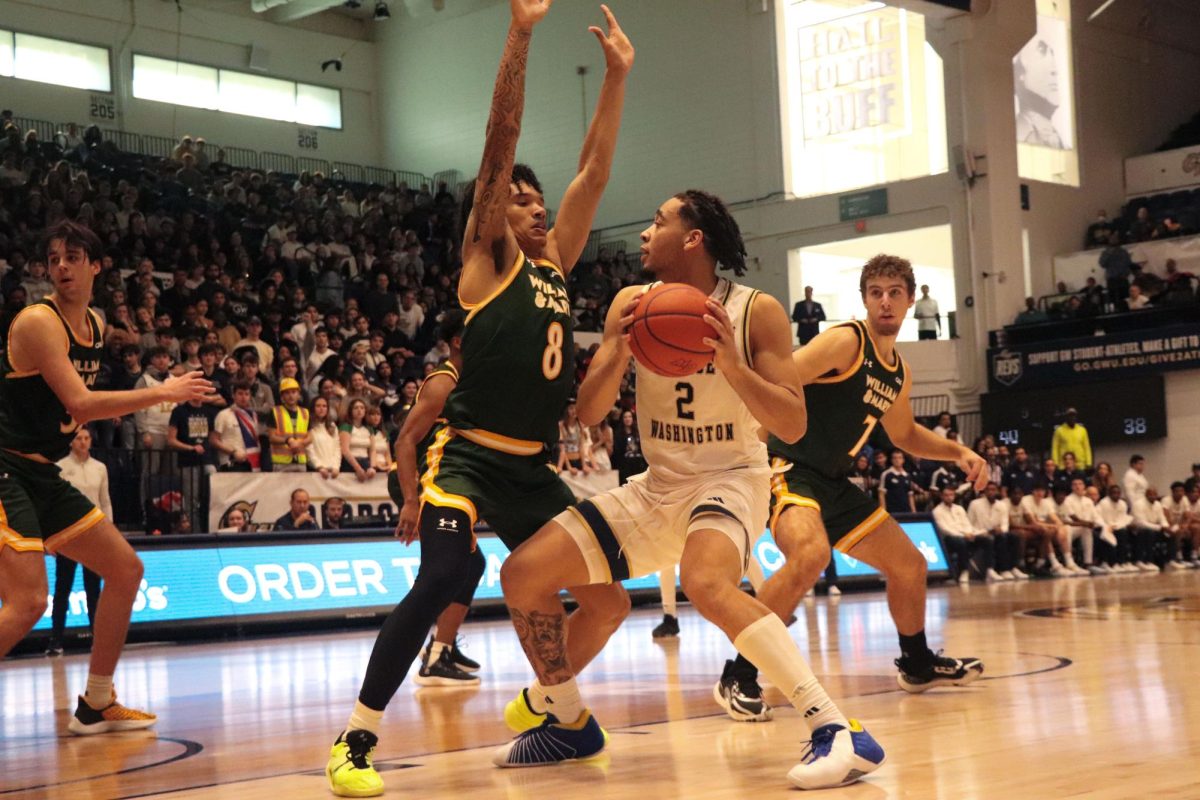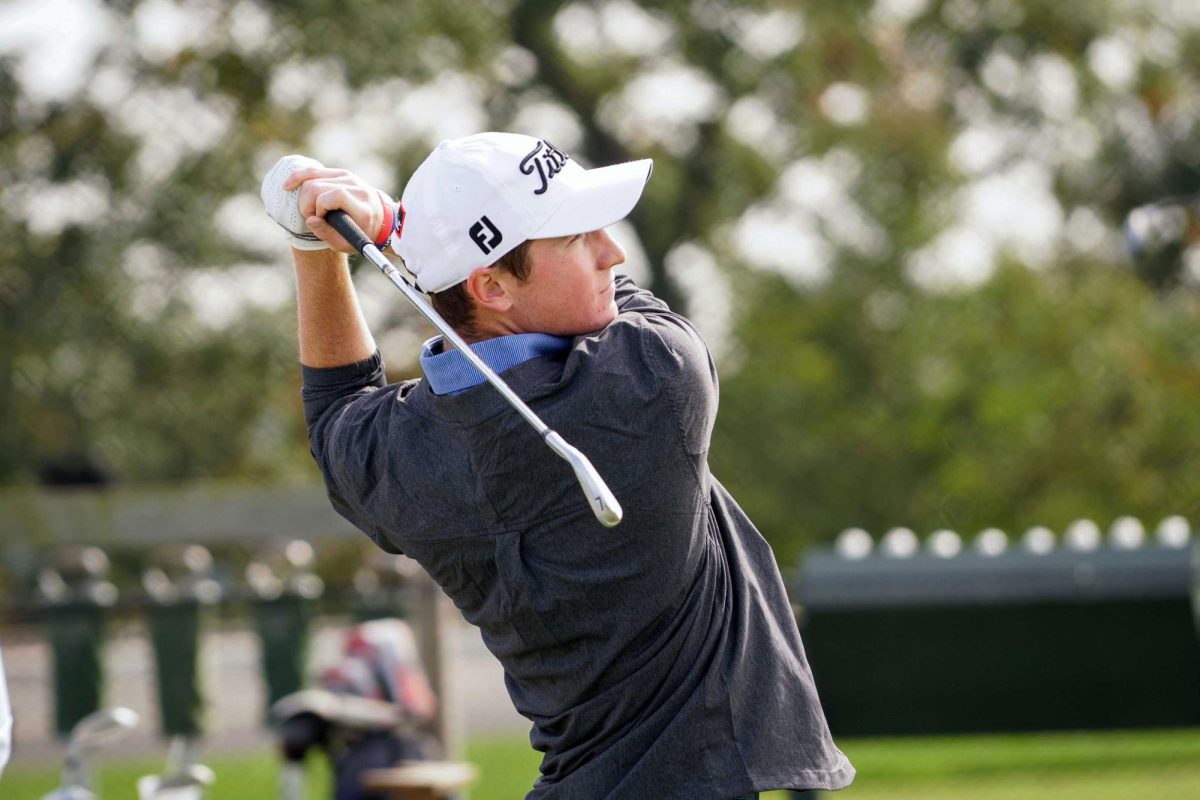With the cunning of a fox stalking its prey, a young Japanese swordsman carefully tracks his adversary’s every move. At this moment, concentration is absolute, conscious thought is suppressed and action is completely instinctive. The swordsman recognizes an opening and pounces on his opponent.
With an explosion of force, he combines the grace of an eagle diving for its prey and the agility of a cat attacking a mouse, skillfully cutting his opponent across the chest. The strike is perfect. The opponent is defeated.
If this were the year 1500 and the young swordsman were a Samurai warrior, his opponent would be dead. Instead, the swordsman is GW senior Shinya Deguchi, an international student from near Nagoya, Japan. Deguchi, instructor and founder of the GW Kendo club, just scored his second and final point to defeat a student in a practice match.
Translated from Japanese, kendo means “the way of the sword.” It is a martial arts tradition that evolved from ancient Japanese schools of swordsmanship. Kendo became a sport around 1710 with the advent of the bamboo sword (a “shinai”) and body armor (“bogu”), but club president senior Jane Conrad said there is much more to the sport than winning points.
“Kendo is about developing your inner self and molding your mind and body,” she said. “We practice to improve our kendo, but that helps us as people. A kendoist respects his opponent and strives to be honorable in everything she does.”
Through the years, kendo has attempted to preserve and even enhance the warrior spirit of Japan’s fierce yet chillingly calm samurai. Traditions and ritual permeate a sport that requires mental focus and an aggressive spirit.
James Yan, president of the Shidogakuin Washington, D.C., Kendo Dojo, praised Deguchi’s commitment to teaching this side of the sport.
“I can attest to the level of kendo and discipline that Shinya cultivated – highly intense and focused training of traditional kendo,” Yan said. “In my mind, GW emphasizes the more important aspects of kendo, such as culture aspects, among the members and (teachers). It is through respect, trust and humility that one really learns kendo.”
On the physical side, kendo students practice to perfect four cutting strokes, the only ways to score points in a match. The strokes target the head, torso, forearm and throat.
Senior Dave Wallace said scoring a point requires more than simply hitting one of the marks. He said it takes “ki-ken-tai no ichi” to score a point, meaning the spirit, sword and body must move and act as one.
To achieve this, Wallace said kendoists must loudly declare the mark they are striking and maintain their posture while using a calculated form. After completing the attack, the kendoist must also remain mentally and physically alert, he said.
“Because so much must come together at the exact same moment, a new student often spends months training without armor to perfect these moves,” junior and club Vice President Summerlin Walker said. “It is almost impossible to be successful without total discipline and concentration in practice.”
KCGW, as the club is known, arrived on campus in the fall of 1999 when Deguchi arrived in Foggy Bottom as a freshman. He said he formed the club to help GW students understand a part of Japanese culture and soon helped the club earn a national reputation.
Cornell University Kendo Club President David Cross said KCGW has become one of the most well-liked and respectable kendo clubs in the intercollegiate circle.
Last weekend, KCGW finished second in the Cornell Invitational Intercollegiate Kendo Tournament, where they beat perennial powerhouses Harvard and Cornell universities. Deguchi finished first in the individual competition.
“During competition, they are a serious and intimidating team,” Cross said. “Shinya has really molded them into a respectable group of skilled kendoists, even though he’s too modest to say so himself. His behavior both in and out of the dojo sets a great example for the rest of the club. They all look up to him, and so does the Cornell Kendo Club.”
Deguchi quickly deflected any personal commendation and instead praised the efforts of the rest of the team.
“I really appreciate all of the students,” he said. “Every kendo player is also my teacher, it doesn’t matter how experienced they are. I learn from all of them.”
KCGW currently has about 15 members who regularly attend the three weekly practices.
“It doesn’t matter if you don’t have any experience; people should just come and see what it’s about,” Conrad said. “I had never heard of kendo before I came here, but Shinya convinced me to join and in my third year I became the president.”







